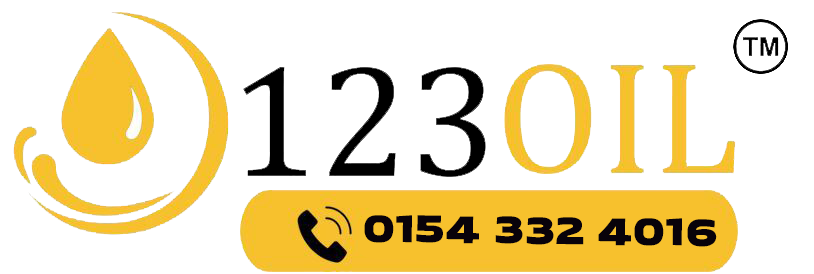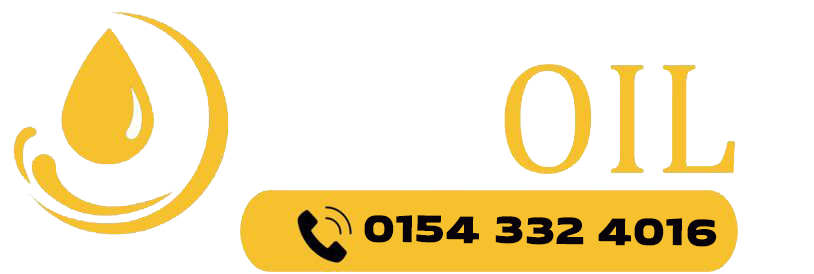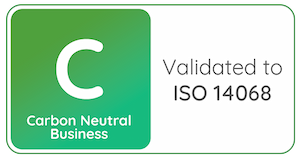Fire safety terminology can be confusing, especially when it comes to terms like flammable, inflammable, and combustible. They all relate to substances that can catch fire, but their meanings and levels of risk vary. Understanding these differences is vital for safe fuel storage, industrial use, and even household awareness. In this guide, we’ll break down the difference between flammable and inflammable, discuss what combustible means, and clarify some of the most common misconceptions.
What Does “Flammable” Mean?
The word flammable refers to materials that ignite easily at normal temperatures. These substances can catch fire from a small spark, flame, or heat source. Petrol, acetone, alcohol, and propane are typical examples of flammable materials.
When we talk about flammable vs. combustible, flammable substances require much less heat to ignite. Their flash point, the lowest temperature at which vapours ignite, is usually below 37°C (100°F). This is why petrol is more dangerous to handle than diesel, as it produces vapours that can ignite even at room temperature.
Common flammable materials include:
- Petrol
- Ethanol
- Butane
- Propane
- Acetone
These materials must be stored in tightly sealed containers, away from ignition sources or direct sunlight.
Inflammable vs. Flammable: Are They the Same?
One of the most confusing terms in fire safety is inflammable. Despite its prefix “in”, inflammable means the same as flammable. Both describe easily flammable substances.
The confusion arises from the assumption that “in” means “not,” as it does in words like invisible or indestructible. However, the root of “inflammable” comes from the Latin inflammare, meaning “to set on fire.”
So, when comparing inflammable vs. flammable, they are interchangeable. Modern safety labelling tends to avoid the term “inflammable” altogether to prevent misunderstandings. Instead, products are now marked as “flammable” or “non-flammable” for clarity.
For example:
- Petrol is flammable (or inflammable).
- Water is non-flammable.
If you ever wondered flammable or inflammable – which is correct? both are correct in meaning, but flammable is preferred for safety reasons.
Inflammable Meaning Explained
Inflammable, meaning refers to any substance capable of burning easily. Its technical definition matches that of flammable materials, characterised by a low flash point and rapid ignition potential.
However, as mentioned earlier, the industry largely replaced “inflammable” on labels to reduce misinterpretation. Therefore, if you encounter the term on older products, remember it means easily flammable.
What Does “Combustible” Mean?
Now that we’ve clarified flammable and inflammable, let’s explore combustible materials.
Combustible substances can catch fire but require more heat than flammable materials do. Their flash point is higher, typically between 37°C and 93°C (100°F to 200°F).
Common combustible materials include:
- Diesel fuel
- Kerosene
- Coal
- Wood
- Paper
Combustible materials burn more slowly and are less volatile, making them safer to handle and store compared to flammable substances. However, they still pose a fire risk under high temperatures or in the presence of open flames.
When comparing combustible vs. flammable, it’s all about how easily they ignite. Flammable materials catch fire at lower temperatures, while combustible ones require more heat.
Examples of Flammable, Inflammable, and Combustible Substances
Type | Description | Examples |
Flammable (Inflammable) | Easily ignites at low temperatures | Petrol, ethanol, propane, butane |
Combustible | Requires higher temperature to ignite | Diesel, kerosene, coal, wood |
Non-Flammable | Does not burn easily | Water, sand, glass |
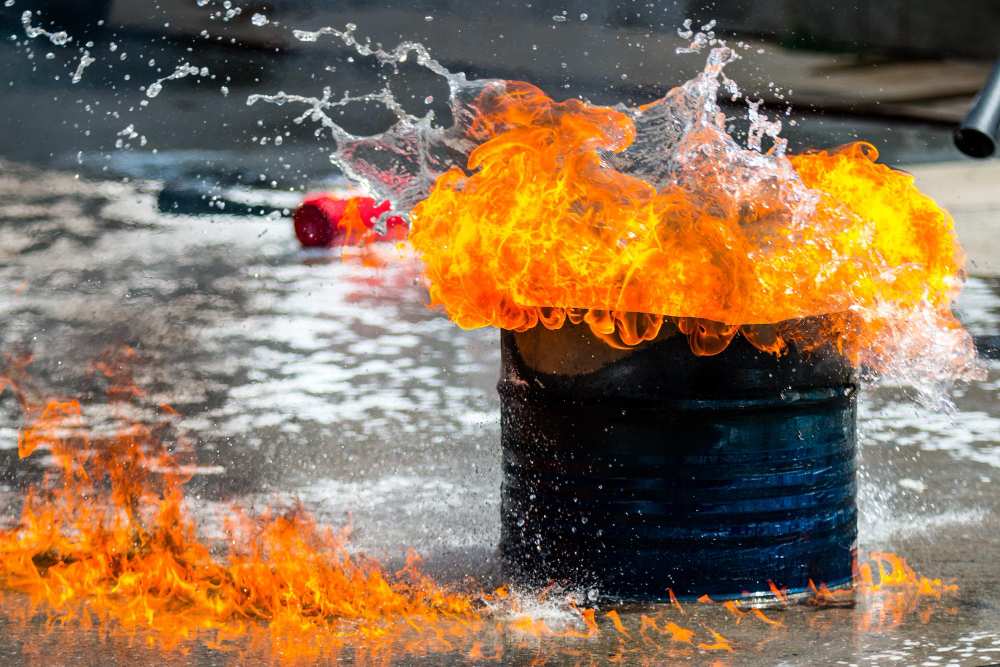
Flammable vs. Inflammable vs. Combustible: Quick Comparison
Criteria | Flammable | Inflammable | Combustible |
Flash Point | Below 37°C | Below 37°C | Above 37°C |
Ignition Ease | Very easy | Very easy | Moderate |
Safety Level | High risk | High risk | Moderate risk |
Examples | Petrol, acetone | Petrol, alcohol | Diesel, wood |
Is Red Diesel Flammable or Combustible?
When discussing whether red diesel is flammable, it’s actually combustible, not flammable. Red diesel has a higher flash point (around 55°C), meaning it needs more heat to ignite. It’s safer than petrol but can still burn under the right conditions.
This distinction is important in industries such as construction, agriculture, and marine transport, where fuels are stored in bulk. Red diesel, kerosene, and similar oils should always be stored in ventilated, fire-safe areas away from heat sources.
Why the Confusion Exists
The confusion between inflammable stems mainly stems from language. Many people assume the prefix “in” means “not,” but in this context, it means “into” or “on.” As a result, older warning labels using “inflammable” led to dangerous misunderstandings, prompting manufacturers and safety organisations to standardise terminology.
Today, flammable and combustible are the preferred terms across industries, as they clearly differentiate materials by risk level.
Fire Safety and Storage Tips
Whether a material is flammable, inflammable, or combustible, proper safety practices are essential:
- Store materials safely: Keep them in appropriate containers with safety caps.
- Avoid open flames: Do not use these substances near cigarettes, stoves, or other sources of ignition.
- Ventilation is key: Store fuels in well-ventilated spaces to prevent vapour build-up.
- Check flash points: always refer to product specifications for temperature sensitivity.
- Label correctly: Use “flammable” or “combustible” for clarity and compliance.
Industrial and Household Relevance
Understanding combustible and flammable substances is not just industrial jargon. It affects everyday safety, too. Household products like cleaning sprays, paint thinners, and certain fuels are flammable. Knowing how they react to heat or flame prevents accidents.
Industries such as aviation, marine transport, and energy production rely on these distinctions to select fuels. For example, marine diesel oil or MGO fuel used in ships is combustible rather than flammable, reducing fire risks during transport.
Companies such as 123 Oil ensure customers receive the correct fuel type for their intended use and provide advice on safe storage and handling practices to reduce the risk of ignition hazards.
Final Thoughts
Understanding the difference between flammable and inflammable, and how both compare to combustible, is crucial for maintaining fire safety.
In summary:
- Flammable and inflammable mean the same: both refer to materials that ignite easily.
- Combustible materials ignite less readily: they need higher temperatures to catch fire.
- Always handle, label, and store fuels correctly to prevent fire hazards.
Knowing these distinctions could make all the difference in safety, whether you’re working with fuels, household chemicals, or industrial products.
Frequently Asked Questions
Yes, inflammable means the same thing. Both describe substances that catch fire easily.
The flash point. Flammable materials ignite below 37°C, while combustible ones ignite above that temperature.
Because it confused, people thought it meant non-flammable. The industry now uses “flammable” for safety.
Red diesel is combustible because it requires a higher ignition temperature (around 55°C).
Diesel is safer because it’s combustible rather than flammable and has a higher flash point.
